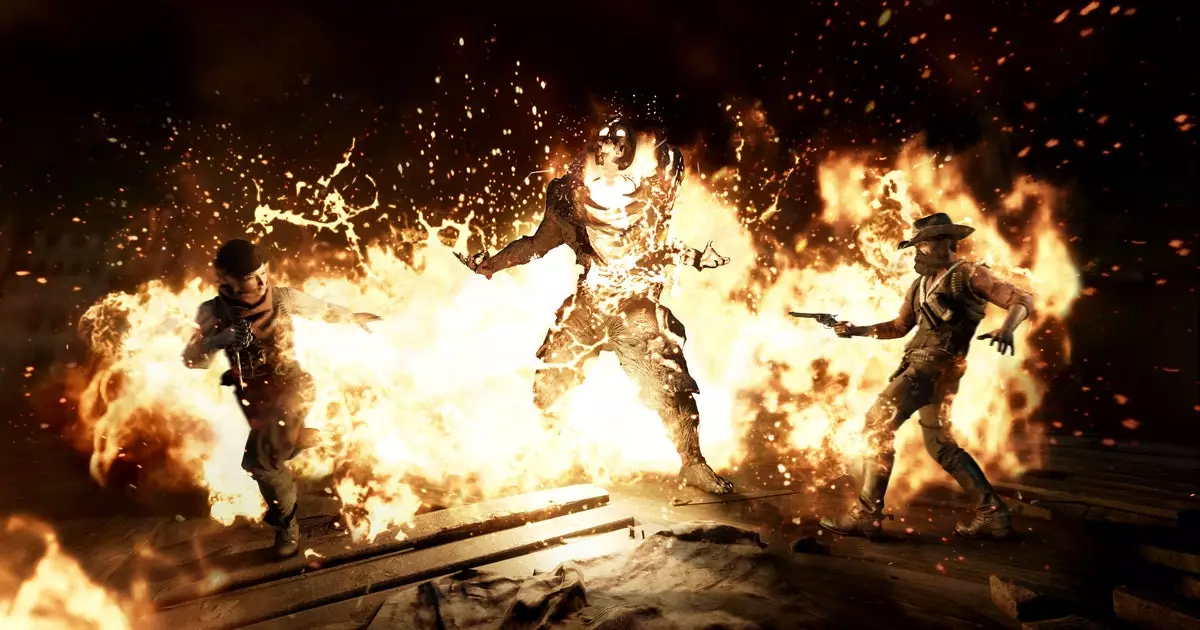In an unexpected yet not entirely shocking move, Crytek, the studio behind titles like Hunt: Showdown and the Crysis series, has announced layoffs impacting about 15 percent of its workforce, translating to approximately 60 employees out of a total of 400. This action comes amid mounting pressures from what Crytek describes as “complex, unfavourable market dynamics” that have beset the gaming industry for several years. The unfortunate decision underscores a broader trend within the industry, where numerous game development studios find themselves re-evaluating their operations and restructuring amidst a rapidly evolving market landscape.
The layoffs are far from isolated incidents; they are reflective of the harsh realities that have defined the gaming sector in recent years. Economic fluctuations, particularly post-pandemic changes, have prompted many companies to reconsider their growth trajectories and sustainability. Crytek’s choice to pause development on the anticipated sequel, Crysis 4, speaks volumes about its current priorities. By reallocating staff to assist in the live service reboot of Hunt: Showdown 1896, it becomes evident that the company is redirecting its focus toward a project that is already in a public-facing position, rather than investing further into uncertain ventures.
While Crytek has made a statement regarding the unfavorable market dynamics facing the industry, the lack of specific context leaves much to interpretation. Influencing factors are numerous and complex, spanning from an overly ambitious expansion by companies betting on post-pandemic optimism to challenges in the realm of virtual reality and rising operational costs due to inflation and interest rates. Each of these variables intertwines with the strategic decisions that gaming companies must navigate to survive and thrive.
Additionally, the competitive landscape in the gaming world has intensified, especially with the advent of new technologies and the push for live service games that require continuous investment and innovation. While Hunt: Showdown has shown signs of life—recording a peak of around 60,000 concurrent players following its latest update—it still palpitates in the shadow of more dominant franchises. There remains uncertainty about whether it can generate the consistent revenue streams necessary for long-term sustainability. The pressure to deliver results can leave studios like Crytek facing hard choices around labor and resources.
The financial health of Crytek is particularly notable when viewed against the backdrop of its ongoing endeavors in the gaming and technology sectors. Whether developing a new Crysis game or maintaining CryEngine—their proprietary engine for game development—fiscal prudence is essential. With the decision to lay off team members, management demonstrates an acute awareness of the need for financial viability, especially in an era where studios must be agile to survive.
Offering severance packages and career assistance suggests that Crytek is not merely shedding employees but also providing support to those affected by this restructuring. Nevertheless, the underlying sentiment of loss cannot be overlooked. Departures often carry emotional weight, especially when they cut through teams that have invested considerable time and passion into their projects.
As Crytek navigates these turbulent waters, one cannot help but ponder the future of the studio and its flagship titles. While the transition to focusing on Hunt: Showdown 1896 might lead to short-term gains, the long-term trajectory of both the company and its storied franchises remains uncertain. The gaming landscape continually shifts, and Crytek must harness innovation and strategic thinking to carve out a sustainable path forward amidst industry adversity.
Moreover, with dwindling enthusiasm around Crysis 4, the studio risks losing a fan base that has historically invested in its vision. For Crytek to regain momentum, a fresh perspective on development and clearer communication regarding its projects could help mend frayed ties with its community.
The workforce reductions at Crytek illustrate a tale all too familiar in the gaming industry—though results and adaptability may characterize survival, the personal toll of such decisions weighs heavily on both employees and fans. As the studio pivots and recalibrates, industry observers are left to watch closely, hoping it can navigate the existing challenges to emerge stronger.

